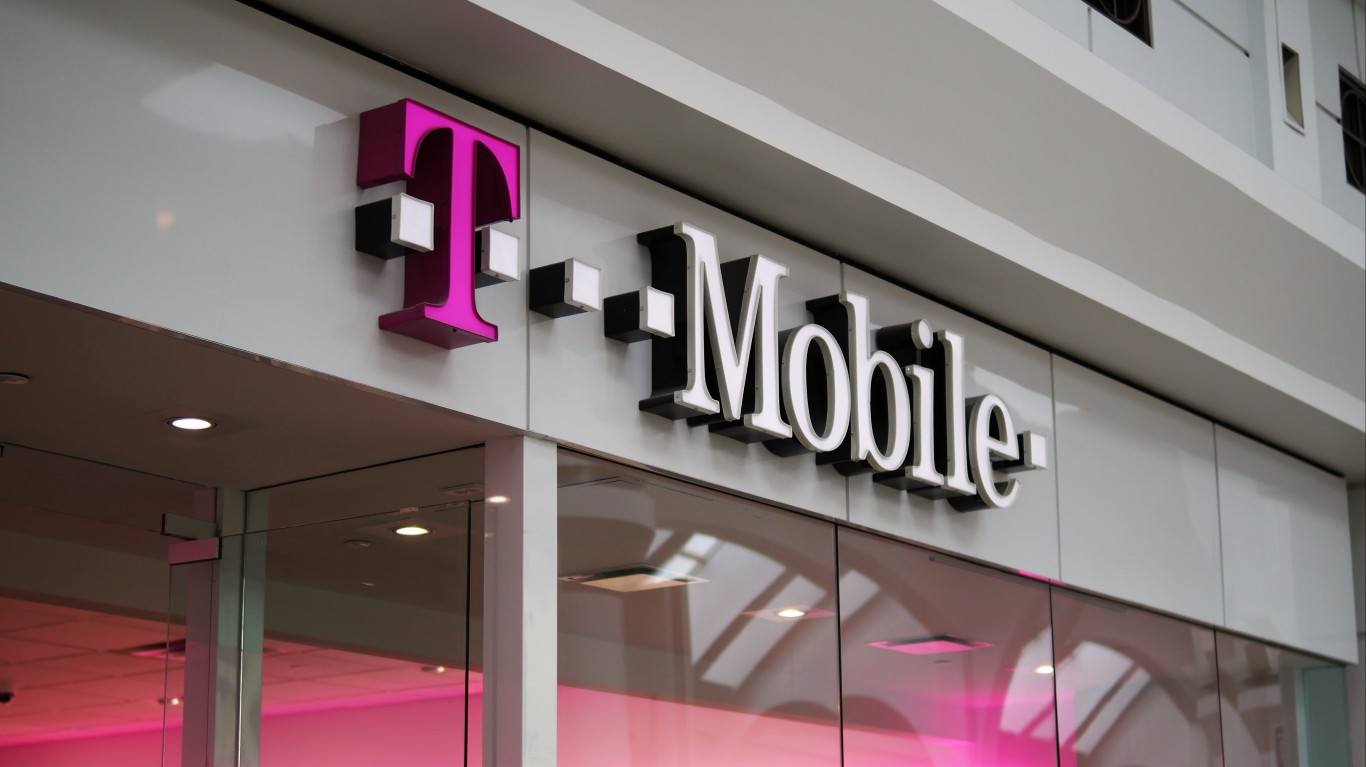AT&T Inc. (NYSE: T) earnings for the second quarter where generally considered mediocre. But just below the surface of the top line numbers, investors could draw the inescapable conclusion that the phone company’s challenge to cable has begun to work extremely well.
AT&T’s revenue was $32.1 billion, up 1.2%. And:
Second-quarter 2013 net income attributable to AT&T totaled $3.8 billion, or $0.71 per diluted share, compared to $3.9 billion, or $0.66 per diluted share, in the year-earlier quarter, up 7.6 percent. Adjusted for a gain of 4 cents on sales of América Móvil shares, earnings per diluted share was $0.67
The bad news was in AT&T’s wireless division. While revenue rose 5.7% to $17.3 billion, operating income fell 7.7% to $4.7 billion.
However, the most important news for AT&T was that the subscriber base of U-verse fiber to the home product rose to the point where it has become a real challenge to cable. Taken together with the Verizon Communications Inc. (NYSE: VZ) FiOS product, cable’s dominance has eroded, both in terms of broadband TV and broadband service. The numbers are even worse for cable when the availability of telecom fiber products is taken into account. In many parts of the nation, these fiber products are not available yet.
According to AT&T:
U-verse Hits 9.4 million Subscribers. Total U-verse subscribers (TV and high speed Internet) reached 9.4 million in the second quarter. U-verse TV added 233,000 subscribers to top 5.0 million in service. U-verse high speed Internet had a net gain of 641,000 subscribers to reach a total of 9.1 million.
Taken together with Verizon, the total subscriber count has started to approach that of Time Warner Cable Inc. (NYSE: TWC), the second-largest provider after Comcast Corp. (NASDAQ: CMCSA). There have been rumors of consolidation in the cable TV sector, and this may be due to efforts to ward off both telecom fiber initiatives and the pressure from satellite TV. AT&T and Verizon have shown they are willing to invest in sums that total into the tens of billions of dollars to pressure cable’s base.
While cable continues to have a geographic penetration advantage, revenue may hold steady. However, as the fiber expands from city to city, that edge, which has already begun to disappear, will be gone.
100 Million Americans Are Missing This Crucial Retirement Tool
The thought of burdening your family with a financial disaster is most Americans’ nightmare. However, recent studies show that over 100 million Americans still don’t have proper life insurance in the event they pass away.
Life insurance can bring peace of mind – ensuring your loved ones are safeguarded against unforeseen expenses and debts. With premiums often lower than expected and a variety of plans tailored to different life stages and health conditions, securing a policy is more accessible than ever.
A quick, no-obligation quote can provide valuable insight into what’s available and what might best suit your family’s needs. Life insurance is a simple step you can take today to help secure peace of mind for your loved ones tomorrow.
Click here to learn how to get a quote in just a few minutes.
Thank you for reading! Have some feedback for us?
Contact the 24/7 Wall St. editorial team.



